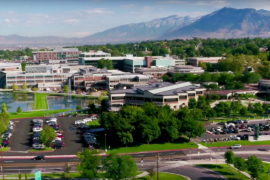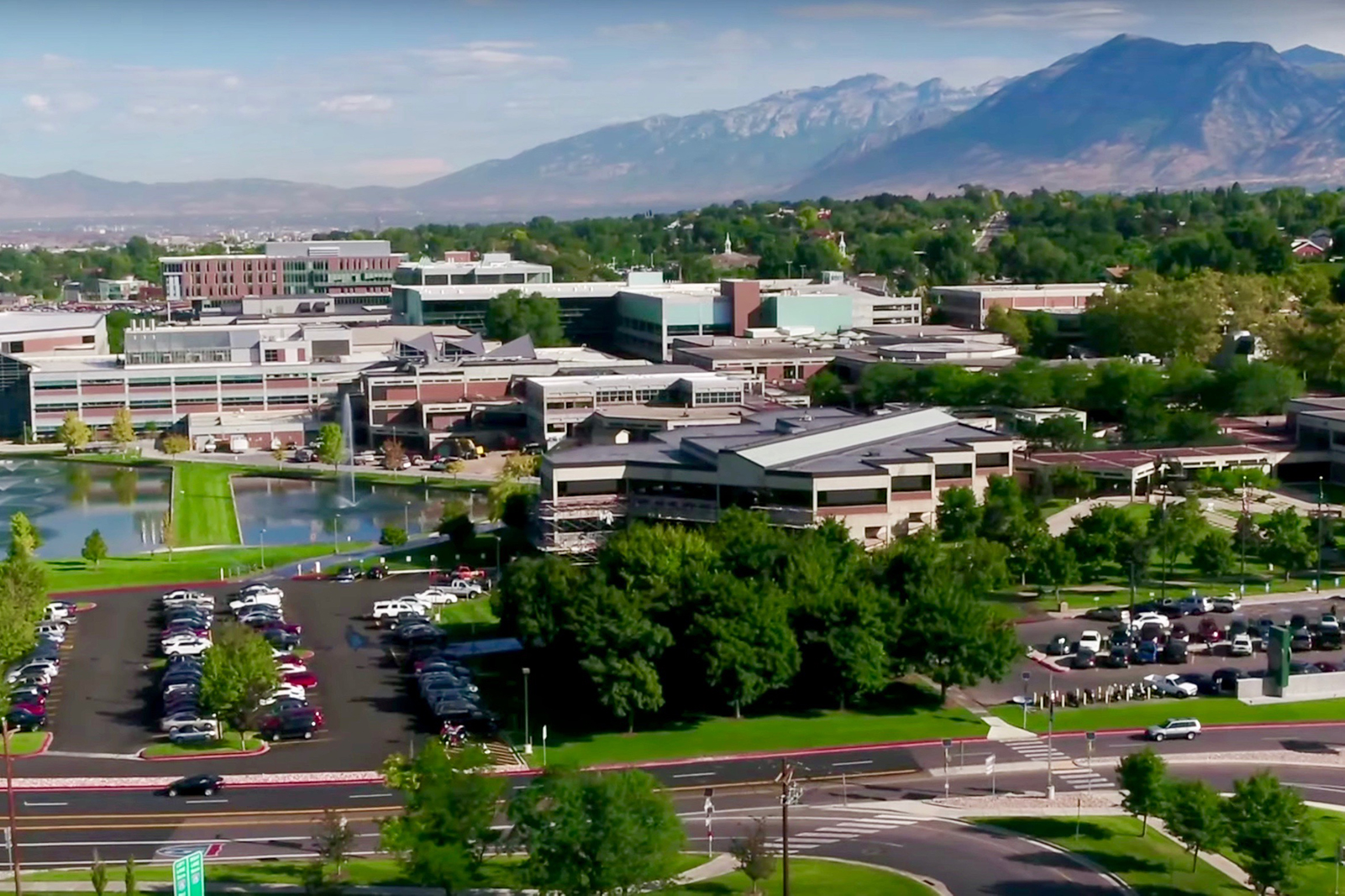Much of the western United States is suffering through a severe multiyear drought. Although this is a challenging situation, it didn’t come without warning like an earthquake or other disasters might. Hydrologists and water managers monitor snowpack that feeds most western states and can forecast how much of this vital resource will be available in the coming months. Demographers have been tracking a similar “drought” in most developed nations. The total fertility rate, which is used to project the number of children a woman within a specific population will have in her lifetime, has been below the replacement rate of 2.1 since 2007 (https://www.cdc.gov/nchs/data/vsrr/vsrr012-508.pdf). This means Americans are not having enough children to replace themselves, leading to a declining population, net of immigration.
Economic Impacts of a Declining Birth Rate
The birth rate was declining prior to the pandemic, reaching its lowest level in almost four decades in 2019. Although some predicted there would be a baby boom due to the close quarters and idle time created by COVID-19, the economic uncertainty created by the pandemic actually resulted in a new record low birth rate in 2020. While this might be good news for those concerned about the environmental impacts of a growing population, it has the potential to create significant economic challenges down the road.
Within the next two decades, this smaller population cohort will likely result in labor shortages. It will also bring financial difficulties for a government trying to meet its obligations for entitlements such as Social Security with a limited pool of taxpayers. The options available to counteract these shortfalls will not be well-received by most: later retirement age and higher taxes being chief among them. Technological innovations, such as automation that can produce more with fewer workers, may help lessen the impact of a shrinking labor force. Although controversial to many, increased immigration could also be a mechanism for counteracting population decline.
Real Estate and a Declining Birth Rate
Does this declining birth rate spell doom for commercial real estate? Not necessarily, but it will require an even higher adherence to the first three rules of real estate: location, location, location! Over the last decade, some in the industry seem to have fallen into a complacent “if you build it, they will come” attitude in their development pursuits. PEG Companies seeks to develop and acquire assets in high-barrier-to-entry locations with staying power in terms of desirability and diverse economic opportunity. These locations, which are often infill redevelopment sites, should fare better than those that may be easier to develop and more affordable on the short term. Replacing or repurposing aging buildings in great locations generally doesn’t drastically create oversupply and is less costly in terms of transportation and utility infrastructure.
It is said that with every challenge there is an opportunity. As demographics shift, population-sensitive properties such as schools may need to be repurposed. This has already been happening with the reinvention of retail brought about by the rise of e-commerce. Malls have been transformed into housing, dining, and entertainment centers as brick-and-mortar stores have closed their doors.
It will be increasingly important to adapt as society evolves in a highly competitive real estate environment. For instance, apartment floor plans that may have been successful even five years ago may not perform as well now. Balancing the needs of smaller households requiring fewer bedrooms with the demand for more space in a flex work-from-home culture can seem paradoxical. And although family sizes are shrinking, multigenerational households are on the rise. Designs should allow for greater flexibility in terms of function and space utilization as family dynamics shift.
Leading real estate investment firms, such as PEG, will need to interpret population indicators like the declining birth rate to prepare in advance for their impacts on the industry. The drought is coming. Whether it’s a temporary change or a new normal remains to be seen, but now is the time to adapt and prepare for it.
















